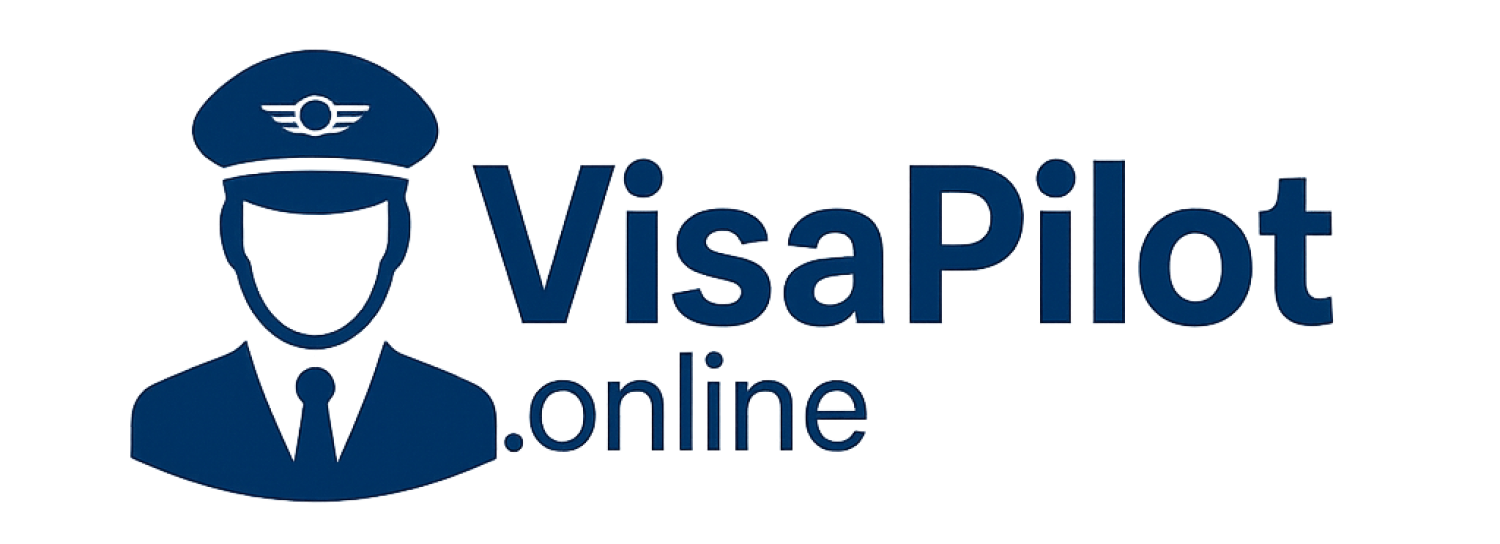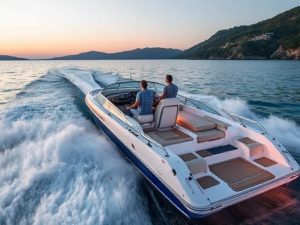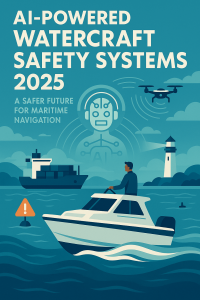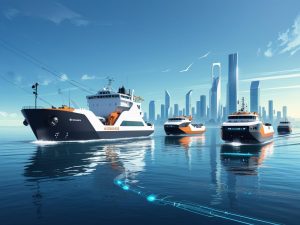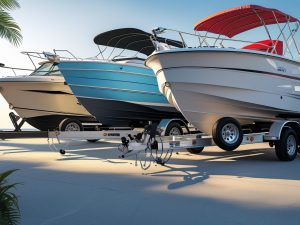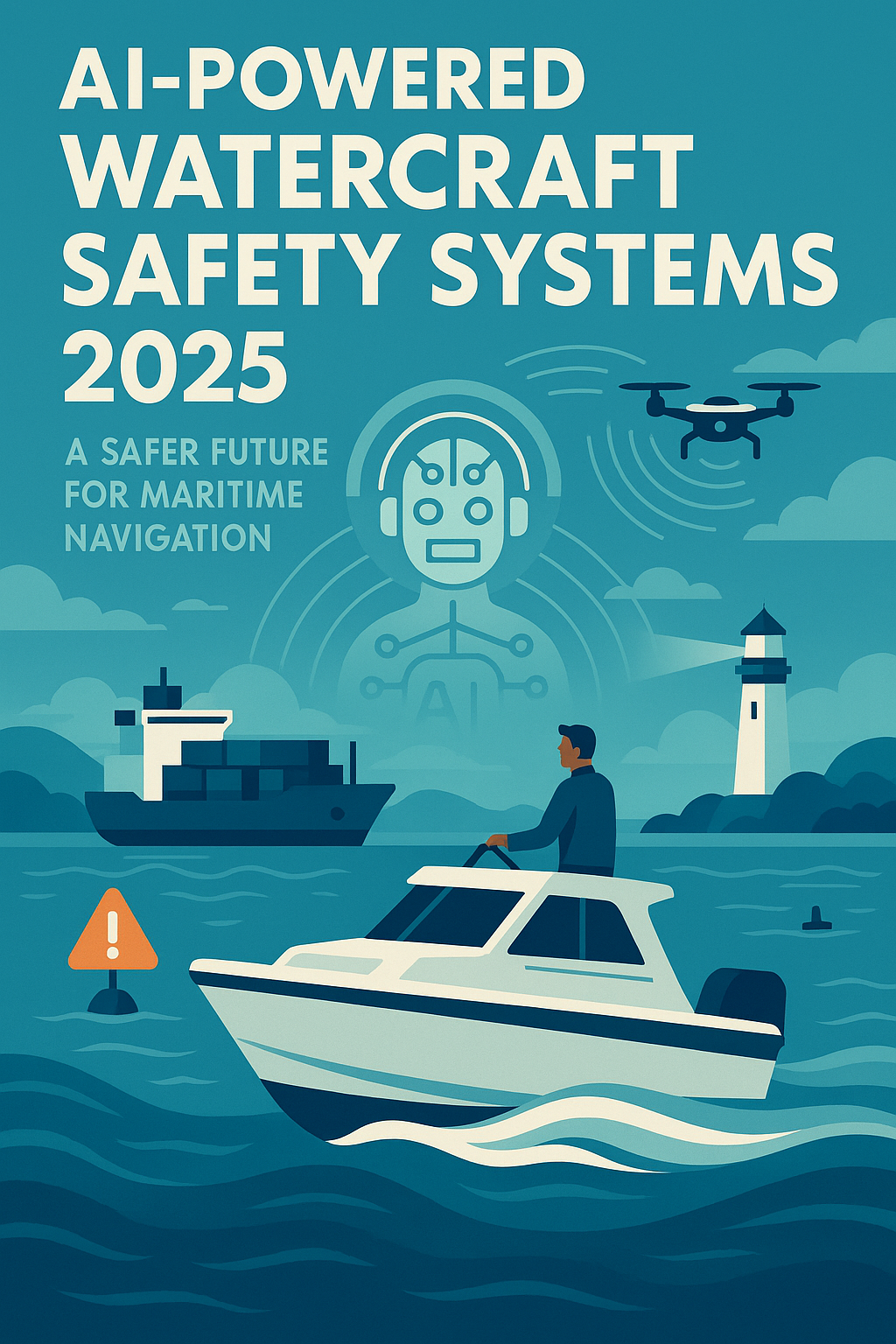
As the world embraces automation, artificial intelligence (AI) is leading innovations across sectors—including maritime safety. In 2025, AI-powered watercraft safety systems are revolutionizing the way boats, yachts, cargo ships, and even personal watercraft navigate oceans, rivers, and lakes. These technologies are not only enhancing the safety of passengers and crew but also reducing the environmental impact of maritime activities.
In this comprehensive guide, we’ll explore what AI-powered watercraft safety systems are, how they work, key components, advantages, real-world applications, and what the future holds. This article is ideal for marine enthusiasts, shipbuilders, policy-makers, or anyone interested in how technology is reshaping maritime safety.
What Are AI-Powered Watercraft Safety Systems?
AI-powered watercraft safety systems are advanced technologies that use machine learning, computer vision, data analytics, and autonomous decision-making algorithms to enhance the safety, navigation, and operational efficiency of boats and ships.
These systems operate similarly to autonomous driving software found in cars. They monitor surroundings, predict hazards, optimize navigation, and communicate with other vessels and shore-based systems—all in real-time.
Example Capabilities:
-
Automated collision avoidance
-
Smart distress detection
-
Route optimization in bad weather
-
Hazard identification (floating debris, underwater rocks)
-
Real-time alerts and remote diagnostics
Key Features of AI-Powered Safety Systems in 2025
2025 marks a new era in marine technology, where the integration of AI is no longer experimental—it’s essential. Below are some of the standout features of today’s AI-powered marine safety systems:
1. Autonomous Navigation
AI algorithms guide watercraft using GPS, sonar, radar, and lidar. These vessels can make split-second decisions to change course, slow down, or reroute to avoid collisions.
2. Computer Vision-Based Obstacle Detection
Using high-resolution cameras and image processing, AI systems detect objects such as floating debris, buoys, or other vessels.
3. Predictive Weather and Route Planning
AI analyzes satellite weather data and oceanic patterns to predict dangerous conditions and suggest safer, fuel-efficient routes.
4. Emergency Event Detection
AI monitors engine status, water ingress, fire detection, and more to automatically alert crew or authorities when systems fail or emergencies arise.
5. Real-Time Communication Systems
AI safety systems communicate with coastal guards, nearby ships, and satellites using 5G, VHF, and satellite internet (e.g., Starlink Maritime).
Why AI in Watercraft Safety Matters in 2025
According to the International Maritime Organization (IMO), over 2,500 maritime accidents were recorded in 2024, many due to human error, outdated navigation systems, and poor visibility.
Top Reasons AI Matters:
-
Reduces Human Error: AI reacts faster and more precisely than humans under stress.
-
Enhances Situational Awareness: Continuous 360° monitoring of environment, weather, and mechanical systems.
-
Increases Safety for Unmanned or Small Crew Vessels: Remote operations become feasible and safer.
-
Cost Reduction: Reduced fuel consumption and insurance premiums.
Core Technologies Behind AI Watercraft Safety
AI doesn’t work alone. It collaborates with several cutting-edge technologies to deliver reliable safety solutions:
| Technology | Function in Maritime Safety |
|---|---|
| Machine Learning | Learns patterns and predicts outcomes (e.g., route risks, fuel usage) |
| Lidar & Radar | Provides 3D mapping for obstacle detection |
| Satellite Imaging | Tracks large-scale weather and water patterns |
| IoT Sensors | Monitors internal systems like fuel pressure, bilge levels, engine heat |
| Edge Computing | Processes data locally on-board for faster decisions |
| V2V Communication | Ship-to-ship data sharing for cooperative navigation |
Benefits of AI-Powered Safety Systems for Watercraft
Let’s dive into the most impactful advantages of using AI for maritime safety:
✅ Collision Avoidance
AI can detect threats and change course faster than a human can react.
✅ Improved Fuel Efficiency
Smart routing reduces travel time and fuel consumption, cutting both costs and emissions.
✅ Enhanced Visibility
Thermal imaging and night vision powered by AI make navigation in darkness or fog safer.
✅ Reduced Insurance Premiums
Some insurance companies now offer discounts for vessels with AI-enhanced navigation systems.
✅ Remote Diagnostics
Monitor your watercraft’s health from anywhere in the world.
Challenges Facing AI Maritime Safety Systems
While promising, AI in marine safety still faces hurdles:
⚠️ Data Privacy & Cybersecurity
Remote communication opens systems to cyberattacks.
⚠️ High Initial Cost
Installation and integration can be expensive for older vessels.
⚠️ Regulatory Uncertainty
Many countries still lack laws governing AI navigation.
⚠️ Training & Maintenance
Crews need education on using and maintaining AI systems.
Real-World Applications in 2025
🚢 Commercial Cargo Ships
Maersk and other shipping giants now use AI for fuel optimization and collision prevention.
🛥 Luxury Yachts
AI co-pilots on yachts assist captains with navigation and dockside maneuvering.
🚤 Personal Watercraft
Jet skis and small boats feature AI-powered safety alerts for recreational users.
⛴ Ferries & Passenger Boats
Automated crowd monitoring and emergency evacuation planning use AI vision systems.
AI and Environmental Impact: A Green Perspective
One of the overlooked benefits of AI in watercraft safety is sustainability. AI helps reduce fuel usage, monitor emissions, and avoid sensitive ecosystems.
🌱 Examples:
-
Avoiding Protected Areas: AI can automatically reroute vessels to avoid coral reefs or wildlife zones.
-
Reducing Idling: AI minimizes engine idling in ports, cutting carbon emissions.
-
Efficient Waste Management: Smart sensors detect oil leaks and monitor bilge discharge levels.
The Future of AI in Maritime Navigation
The future is bright for AI-powered maritime systems. Here’s what we expect beyond 2025:
🔮 Predictive Maintenance
AI will soon be able to predict when parts are likely to fail—before they actually do.
🔮 Full Autonomy
Unmanned cargo ships could become commonplace by 2030.
🔮 Blockchain Integration
For secure data logs, cargo verification, and compliance with maritime law.
🔮 AI-Driven Regulatory Compliance
Systems will soon ensure vessels automatically comply with laws across multiple jurisdictions.
Frequently Asked Questions (FAQs)
1. What is an AI-powered watercraft safety system?
An AI-powered watercraft safety system is a combination of software and sensors that use artificial intelligence to monitor, predict, and respond to safety threats on or around a watercraft.
2. Are AI safety systems mandatory for boats in 2025?
As of now, they are not mandatory, but regulatory bodies are considering making some AI components (like collision avoidance systems) compulsory for commercial vessels.
3. How much does it cost to install an AI marine safety system?
Costs range from $5,000 for small recreational boats to over $100,000 for commercial cargo ships, depending on system complexity.
4. Can AI systems operate without internet or satellite?
Yes, many AI systems use edge computing, allowing them to function offline. However, for real-time updates or communication, satellite or cellular internet is beneficial.
5. Which companies are leading in AI marine safety tech?
Some leading companies include:
-
Raymarine
-
Sea Machines Robotics
-
ABB Marine
-
Furuno
-
Kongsberg Maritime
6. Is AI safe for use in bad weather or storms?
AI enhances safety in poor conditions by using radar, lidar, and weather data to make informed decisions faster than a human captain.
7. Can small boat owners benefit from AI too?
Absolutely. Today, even small boats can install affordable AI-based navigation aids, including weather alerts, smart cameras, and obstacle detection.
Conclusion
As we sail further into the digital era, AI-powered watercraft safety systems in 2025 are proving to be more than a trend—they are a necessity. Whether for massive cargo ships or weekend yachts, AI technologies are enhancing maritime safety, reducing costs, and paving the way for sustainable, autonomous marine travel.
